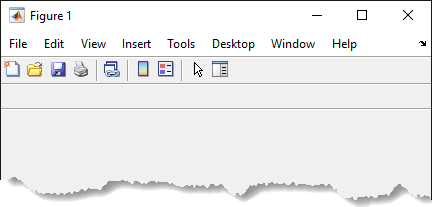uipushtool
在工具栏中创建按钮工具
说明
pt = uipushtoolPushTool 对象。
如果当前图窗没有子工具栏,则 MATLAB® 会在当前图窗中创建一个工具栏作为父级。如果用 figure 函数创建的图窗不存在,则 MATLAB 会创建一个图窗,并调用 uitoolbar 函数来创建一个工具栏作为父级。
按钮工具的行为就像普通按钮。当您点击它们时,它们显示为已按下,直到您松开鼠标按键。
pt = uipushtool(___,Name,Value)
示例
输入参数
名称-值参数
提示
在
WindowStyle属性设置为'modal'的图窗中,Toolbar对象(及其子级PushTool和ToggleTool对象)不显示。如果一个含有工具栏子对象的图窗的WindowStyle更改为'modal',则该工具栏子对象仍然存在于图窗的Children属性中。但是,在WindowStyle设置为'modal'时,工具栏不会出现。与
UIControl普通按钮不同,在第二次点击时,按钮工具不会将图窗的SelectionType属性设置为'open'。




